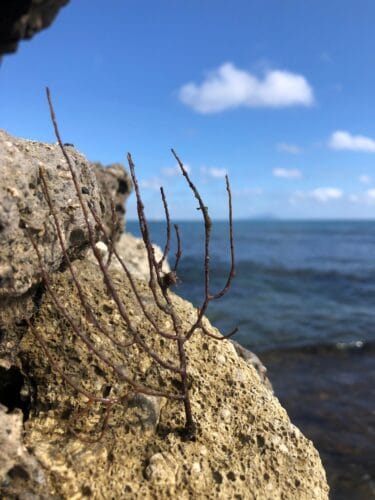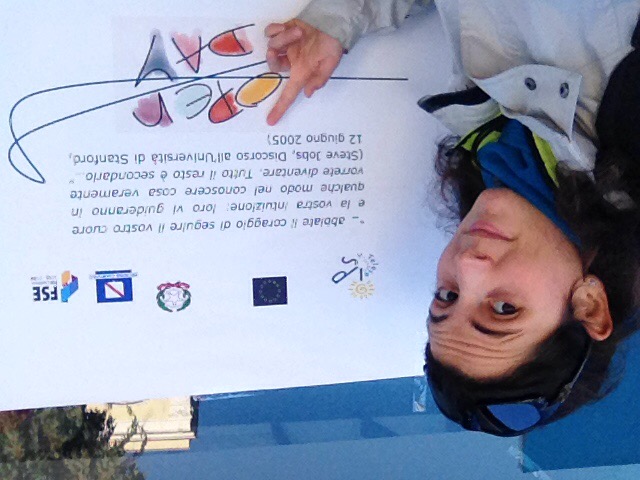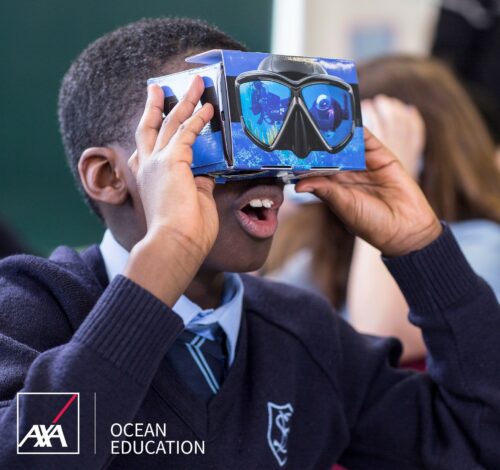Too warm to be really pleasant: the unlucky tale of an E. singularis (Esper, 1791) retrieved on Torre Astura shores (Latium Coast, Central Tyrrhenian Sea)

A Site of Community Importance (SCI) is defined in the European Commission Habitats Directive (92/43/EEC) as a site which, in the biogeographical region or regions to which it belongs, contributes significantly to the maintenance or restoration at a favourable conservation status of a natural habitat type or of a species and may also contribute significantly to the coherence of Natura 2000, and/or contributes significantly to the maintenance of biological diversity within the biogeographic region or regions concerned. As many other european countries the Italian peninsula has a plethora of these sites, but their effective conservation is a complex issue that affects everyone requiring constant efforts and commitments to be achieved and maintained over time.
Eunicella singularis (Esper, 1791) is one of the most representative habitat-forming species of the rocky bottoms and Mediterranean coralligenous assemblages. This species is among the main representatives affected by the mass mortality events largely documented in several dive spots and marine research/fieldwork beaten areas over the last few decades. Currently E. singularis is mentioned among the vulnerable species of the IUCN Red List.From the very first records in 1999 up to the most recently published and ongoing research activities conducted in the marine environments a significant increasing of evidences of thermal-related stress have been recorded (Cerrano et al., 2005; Cerrano C. & Bavestrello G. 2008; Gambi et al., 2018).



